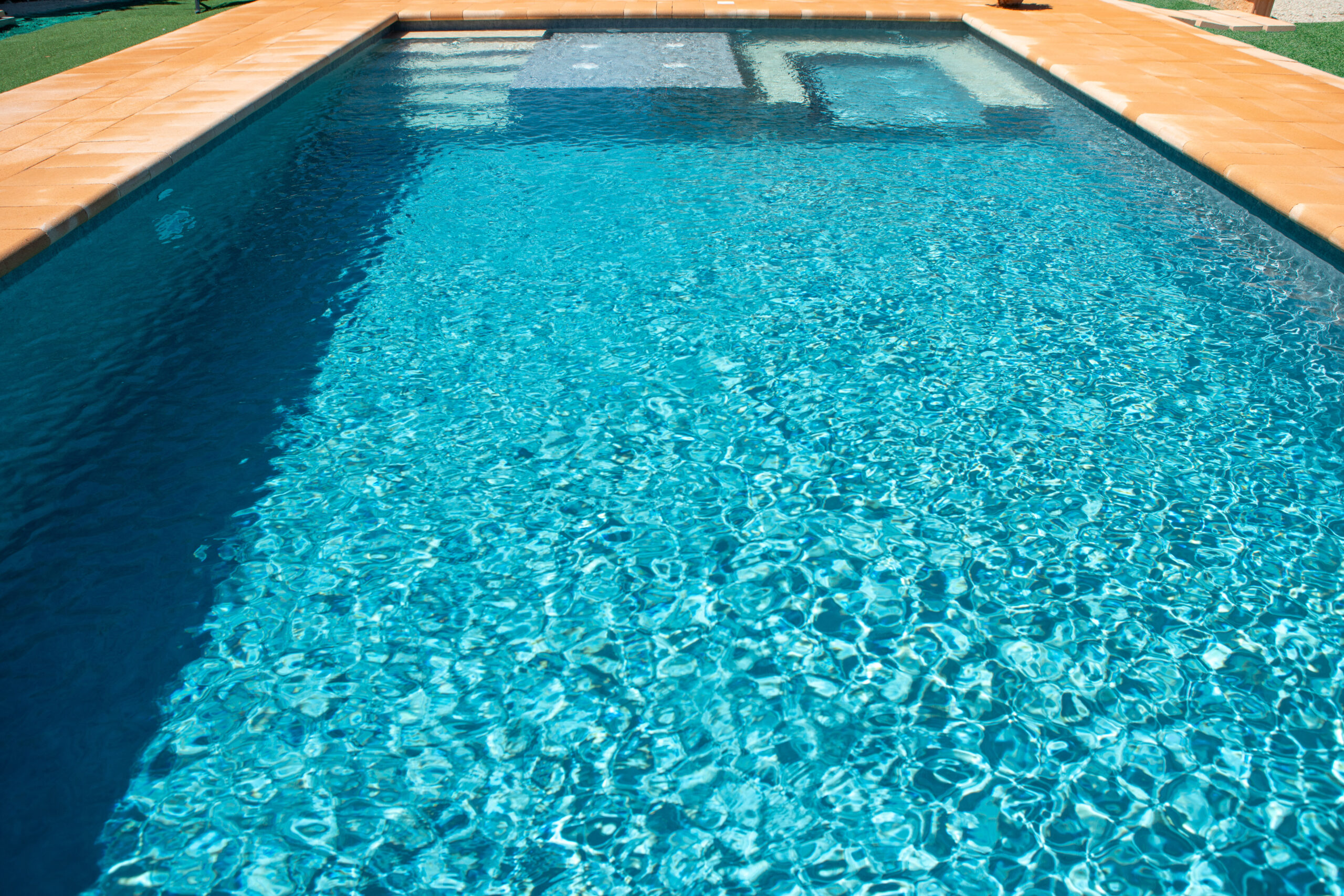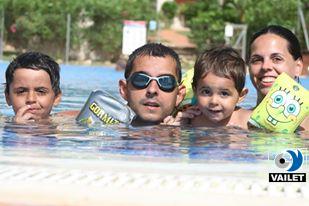One of the parameters to control for the good maintenance of the pool water is the total alkalinity. This is because alkalinity is closely linked to pH. If ignored it can cause problems when trying to balance the pH.
– Total alkalinity indicates the amount of alkaline components (carbonates, bicarbonates and hydroxides) dissolved in the water of a swimming pool. Alkalinity plays an important role in regulating pH changes (buffer effect), and it is impossible to have water in perfect conditions of transparency and disinfection if its total alkalinity is not correctly adjusted.
– The recommended alkalinity is between 80 – 120 ppm. An adequate alkalinity assures a better pH control and less pH alterations. If the alkalinity is not in the values of 80-120 ppm there will be oscillations with the pH not being able to obtain a stability of the same one, so that there will be high or low pHs, that is to say, problems of turbidity, incrustations, or corrosion, irritation of eyes and greenish coloration of the water respectively.
– If the alkalinity is less than 80 ppm, we will use an alkalinity increaser (sodium bicarbonate). It prevents skin and eye irritation of bathers, corrosion of the metal parts of the pool and excessive consumption of disinfectant due to water imbalance. It is necessary to add 1.8 kg of product to increase by 10 ppm the total alkalinity of 100 m3 of water, being this dose of orientative character. It is necessary to pour the necessary dose of product dissolved in water, and to distribute this solution on the surface of the swimming pool equally.
– If the alkalinity is higher than 120 ppm, it is somewhat more complicated to correct. We will add the amount of pH Minor (pH minor) necessary to convert the bicarbonated alkalinity into carbon dioxide, so as to eliminate it in the form of gas.





